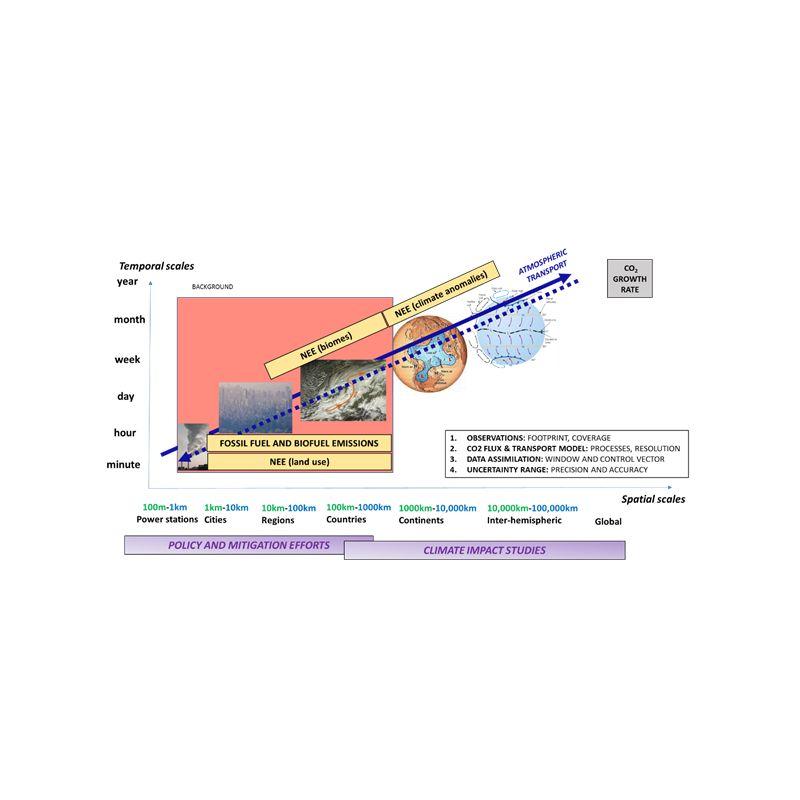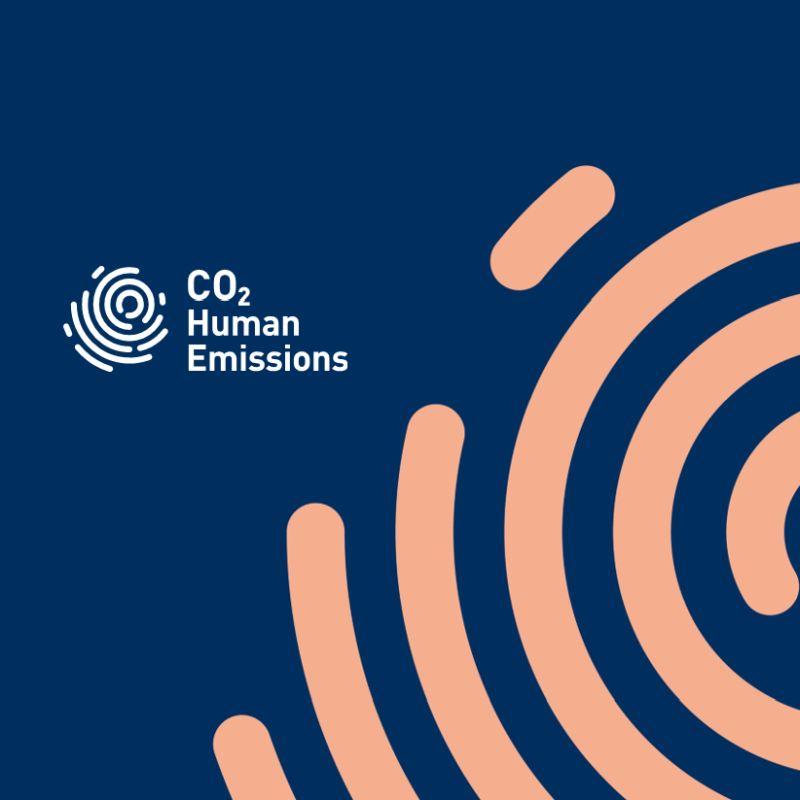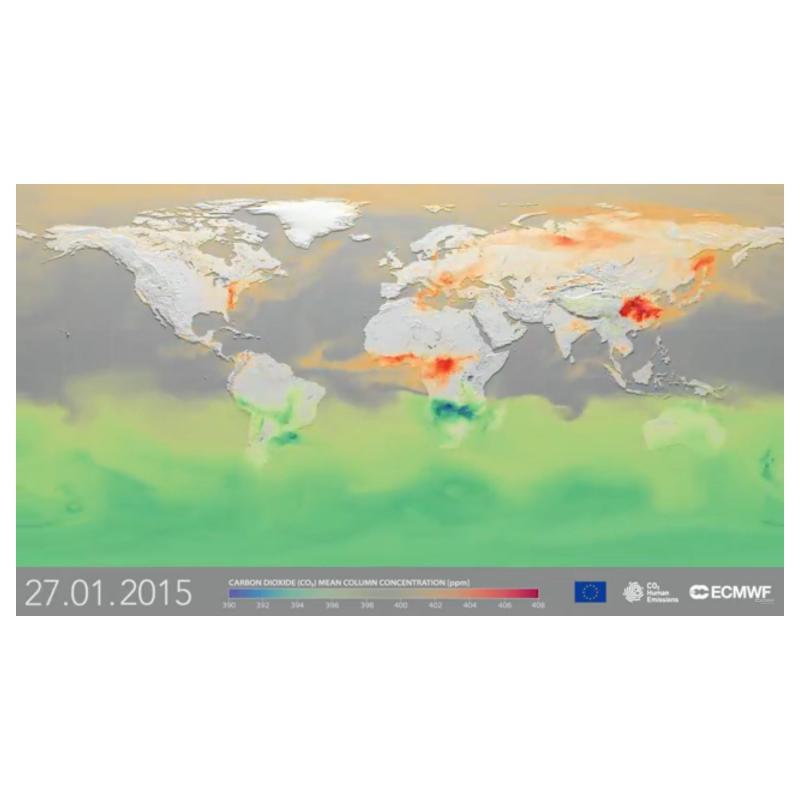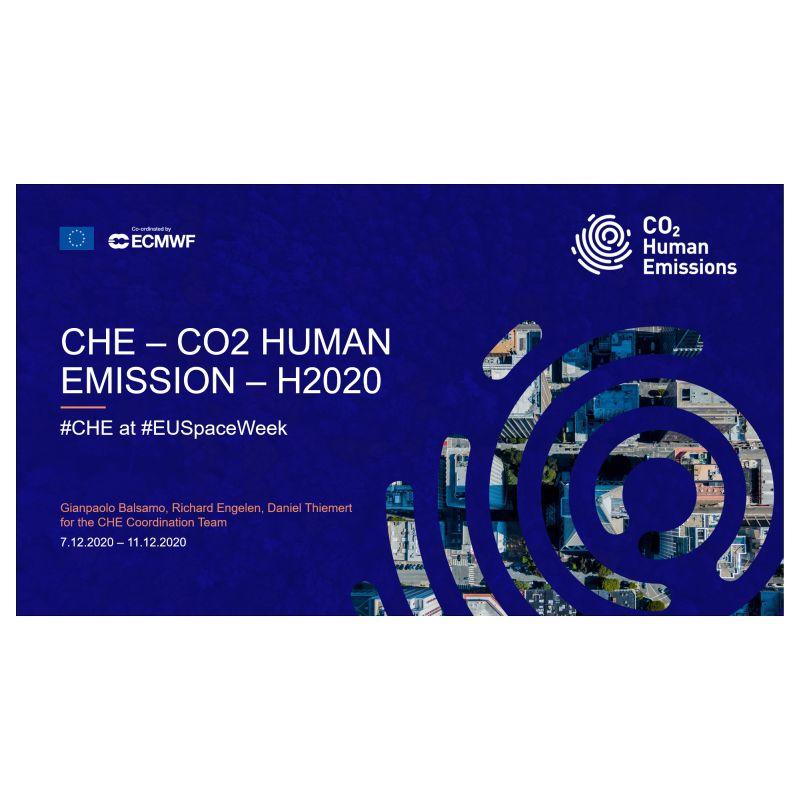With the start of 2020 the CO2 Human Emission (CHE) project has entered its final 12 months of coordinated developments across its 22 partners institutes. The work has reached several important milestones that prepare "the baton" for the run into the next phase of development in 2021-2023, guided by the European Commission's CO2 Task Force strategy (see the CO2 reports) that will move us closer to operational monitoring targets.
A review and assessment of the CHE observational capabilities from existing networks and platforms has been prepared (D5.1 report) for CO2 and non-CO2 satellite observational components (e.g. CO, NO2) as well as for ground-based remote sensing and in-situ observations defining a clear set of recommendations.
The capacity building efforts for global, regional and local modelling have been studied and grouped in two areas, namely offline and online approaches. These research areas are explored and well delineated in the implementation strategy for the multi-scale modelling and data assimilation capabilities (D5.3 report and D5.5 report respectively) achievable within CHE and its follow-on. These reports are detailing the state- of-the-art modelling components (e.g. atmospheric transport, biogenic fluxes, anthropogenic emissions, biomass burning, ocean fluxes, and atmospheric chemistry) and data assimilation methodologies (e.g. 4DVAR, EnKF, Hybrid EnVar), highlighting a key set of recommendation and research priorities.




